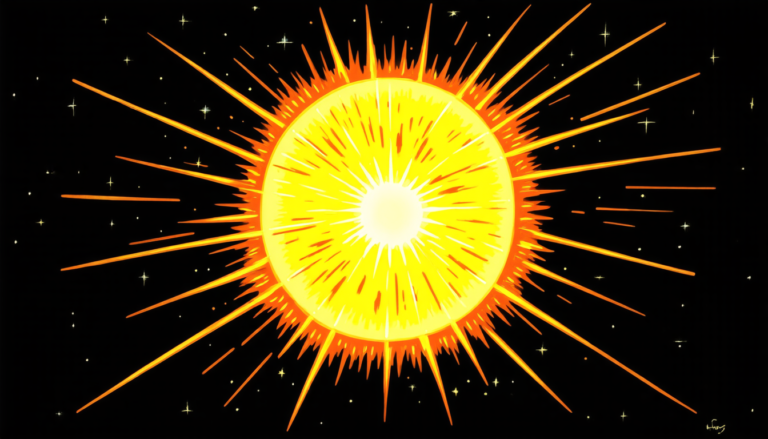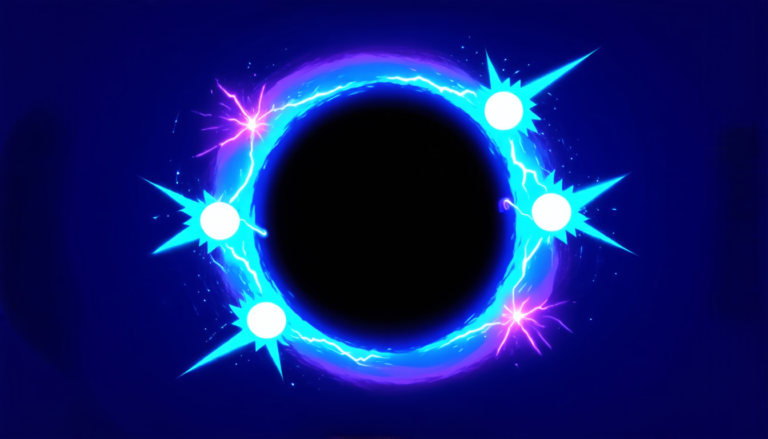Thursday 10 April 2025
The intricate dance of particles within the nucleon, the building block of atomic nuclei, has long fascinated physicists. This tiny entity is made up of three quarks bound together by strong forces, but its internal dynamics are still not fully understood.
Researchers have been studying the properties of the nucleon using various methods, including high-energy collisions and precision measurements of particle interactions. One of these approaches involves analyzing the gravitational form factors of the nucleon, which describe how it responds to gravitational forces.
Recently, a team of physicists used lattice quantum chromodynamics (QCD) simulations to investigate the gravitational form factors of the nucleon. Lattice QCD is a powerful tool for studying strong interactions at the subatomic level, as it allows researchers to mimic the behavior of particles in a controlled environment.
The study found that the gravitational form factors are dominated by the exchange of mesons, which are particles composed of one quark and one antiquark. The researchers were able to extract the contributions of individual mesons to the form factors, providing new insights into the internal structure of the nucleon.
One of the most interesting findings was the importance of tensor mesons in shaping the gravitational form factors. Tensor mesons are a type of particle that carries both spin and parity information about the quarks within the nucleon. By studying their contributions to the form factors, researchers can gain a better understanding of how quarks interact with each other within the nucleon.
The study also sheds light on the role of vector mesons in the gravitational form factors. Vector mesons are particles that carry spin information about the quarks, but not parity information. The researchers found that vector mesons play a significant role in shaping the gravitational form factors at large distances from the center of the nucleon.
The findings of this study have implications for our understanding of the strong nuclear force and its role in shaping the properties of atomic nuclei. By studying the internal dynamics of the nucleon, researchers can gain insights into the fundamental forces that govern the behavior of matter.
In addition to providing new insights into the strong nuclear force, this study also highlights the power of lattice QCD simulations as a tool for understanding complex phenomena at the subatomic level. The ability to simulate the behavior of particles in a controlled environment allows researchers to make precise predictions about their properties and interactions.
The next step for researchers is to continue exploring the internal dynamics of the nucleon using a variety of methods, including high-energy collisions and precision measurements of particle interactions.
Cite this article: “Unlocking the Secrets of the Nucleons Inner Mechanics: A Quantum Leap in Understanding Hadron Structure”, The Science Archive, 2025.
Quarks, Nucleon, Lattice Qcd, Gravitational Form Factors, Mesons, Tensor Mesons, Vector Mesons, Strong Nuclear Force, Atomic Nuclei, Particle Interactions







